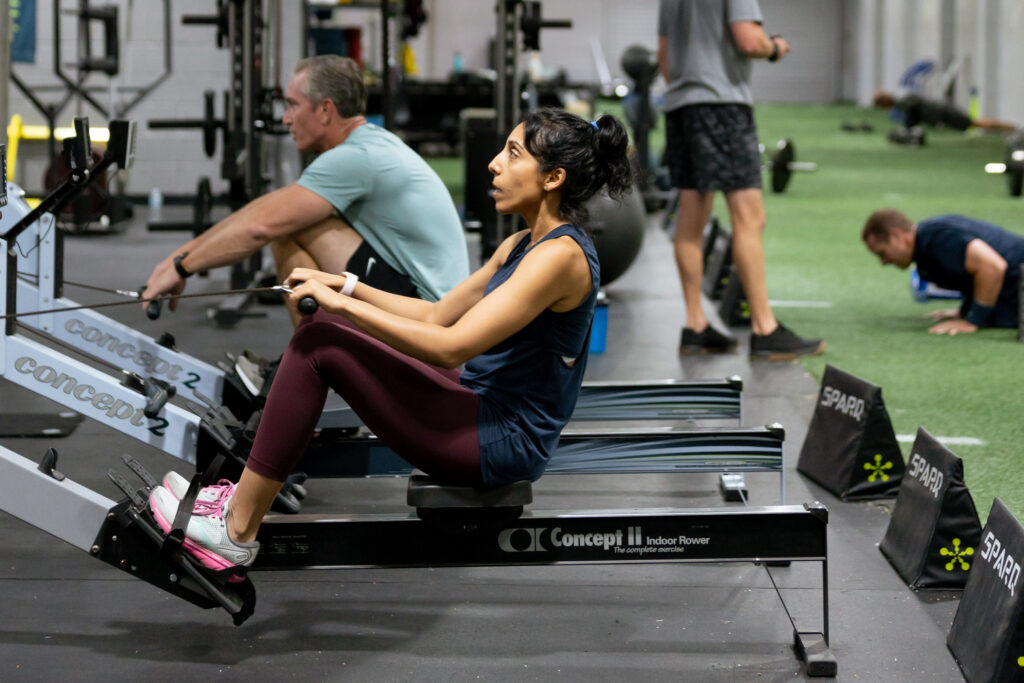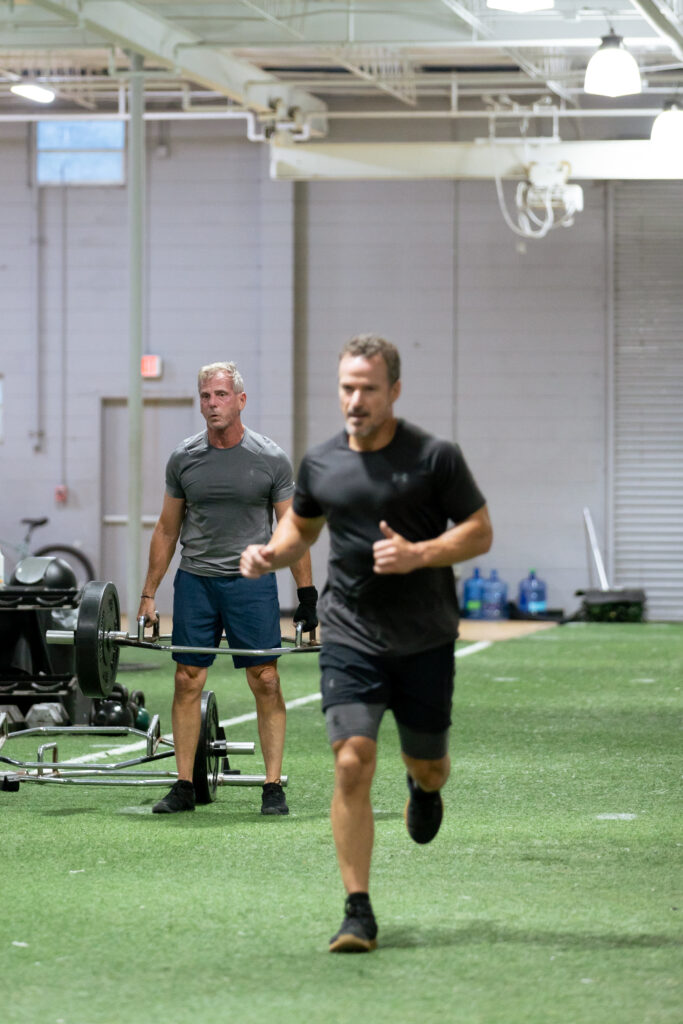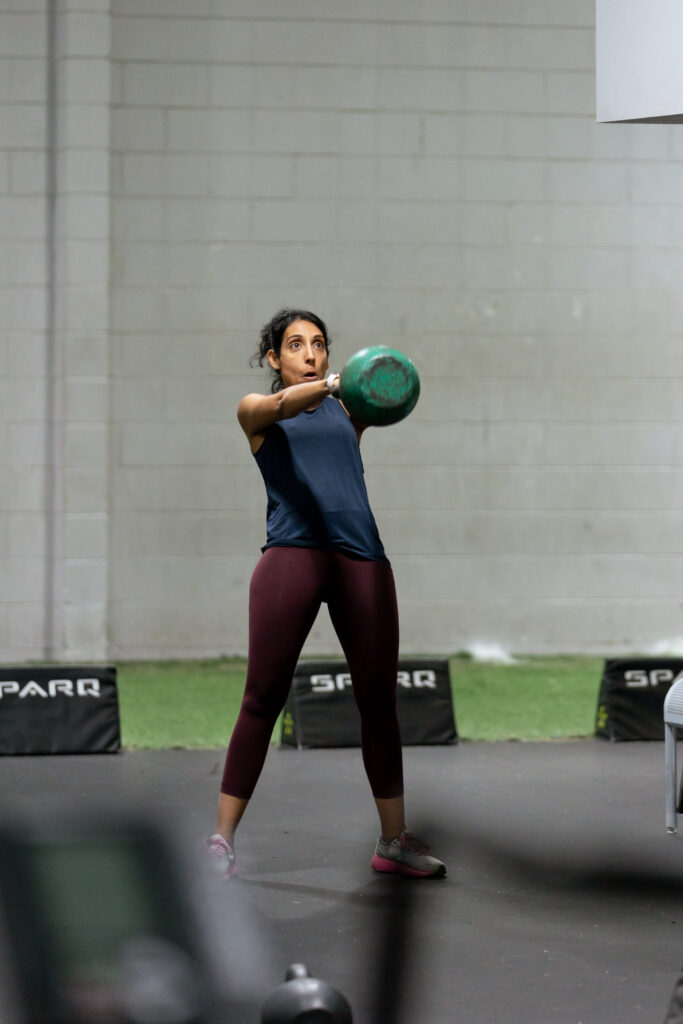
Cardio or Weights
By Jonathan Taylor
________________________________
“Results in 14 days (results not typical)…” In the world of fitness, exercise programs, routines, and so-called “methods” are as varied as the sands of the sea. And although most promise you the world, guaranteeing results from leaner bodies to serious gains on your deadlift, how do you know what is truly affecting physiological change? Are all the New Year’s resolutions and personal resolve to, “Exercise more,” created equal? Well, if your goal is generally increasing fitness and improving your physique, the answer lies in not so much WHAT you are doing but HOW you are doing it. Let’s dive into this topic a bit, but first, let’s quickly define the fitness modes which help us get there: Cardiovascular exercise and lifting weights.
Here, we would loosely define cardiovascular exercise as more of a stressing of the lungs, for example, “I can’t talk,” while lifting weights is more of a muscle stress/fatigue, leaving you feeling like “It burns!” Some people prefer cardio, while others may enjoy lifting. Both are extremely beneficial and have been proven to work. But is one better than the other? Does the cardio enthusiast have an advantage over the free-weight junkie or vice versa? Should you perform both on the same day or devote time to each on different days? The short answer is yes, yes, yes, and yes. But again, true physical adaptation lies in not so much what you choose, but how you perform it once chosen.
At the end of the day, one must major on the single element of intensity to affect overall change in the body. Sure, some love to brag about how long they were at the gym, but, in actuality, it is how hard you perform something, and not how long you do it, that produces substantial results. This is due to something called Excess Post-Exercise Oxygen Consumption (EPOC). This is a fancy term that describes how many calories your body burns AFTER you stop exercising. The intensity of a single bout produces huge amounts of EPOC, while the duration and frequency of exercise produce very little. It is not how many calories one burns during a given session that counts, but how many calories the body buns after the fact. And again, this is achieved through intensity. Most avoid high-intensity training because it can be uncomfortable, difficult, and even humbling. But current research brings out that the body will eat up the most fat when it just performed a challenging bout of exercise, as opposed to just going through the motions. This can be done and achieved through both cardiovascular exercise AND lifting weights.
So how do you make your cardio sessions more intense? One way is to switch up your long, slow jog with high-intensity intervals. Intermittent sprinting followed by brief periods of rest has been scientifically proven to burn more fat and increase fitness capacity by a mile. A recommendation is, after warming up, run/bike/row as fast as you can for :30. Follow that with a :30-:60 rest, then repeat 4-10x. This session might take only ten to twenty minutes, but it will burn more calories than jogging a 5K.
Prefer lifting weights? Here are a few intensity tips. First, skip the weight machines and opt for barbells/free weights. Load not assisted by a fitness machine makes your physical structure and tissues work harder, thus producing more intense exercises. Next, choose compound movements and skip the isolated ones. A compound movement would be using more than one joint (ex. Lunges, Turkish Get-Up, KB Swing) as opposed to an isolated movement using only one joint action (ex. Bicep curl, Tricep Extension, Lateral Raises). Compound movements have been shown to elicit huge growth hormone surges, along with affecting EPOC for multiple days on end. Isolated movements simply do not. Lastly, try decreasing your rep scheme but increasing the load lifted. This alone can shock the system and require far more energy expenditure (calorie burn) than just sticking with the same old reps and weight.
In conclusion, whatever you choose to do, do it intensely. Whether it is cardio or lifting, both should be done with a mindset of minimizing rest and trying to achieve a daily, personal best. The body adapts to whatever you do to it, so you must continue to reach past the boundaries of self-weakness and limitation and press on to real and lasting results. Mindset, consistency, and overall intensity will get the job done! And just remember, all exercise is not created equal. Opt for going harder, not longer!


Leave a Reply